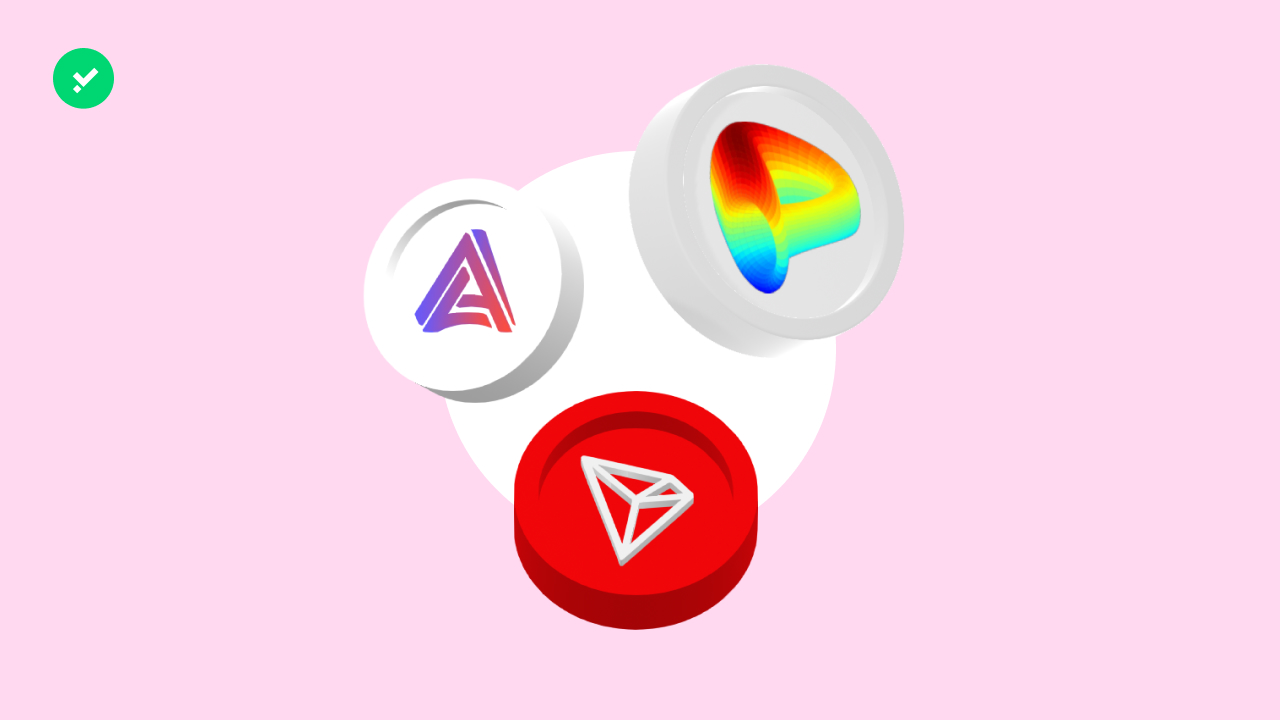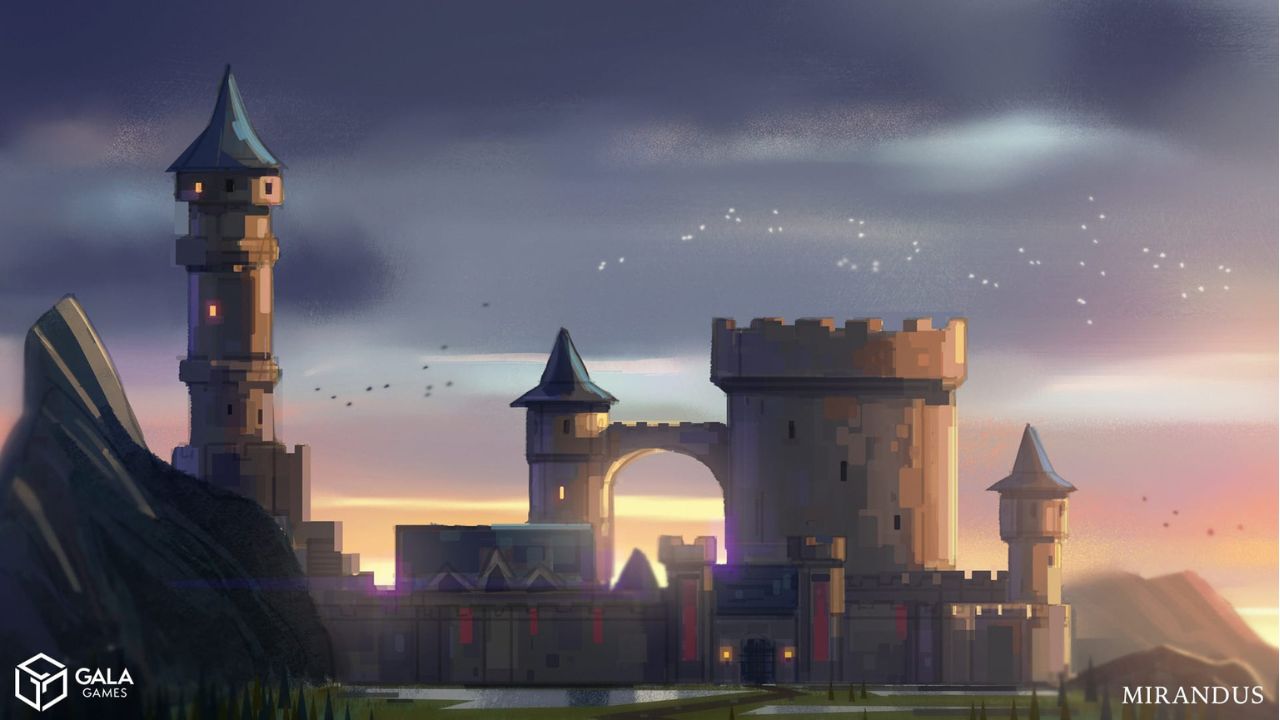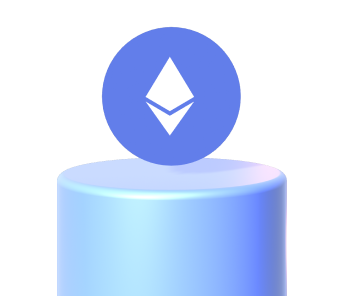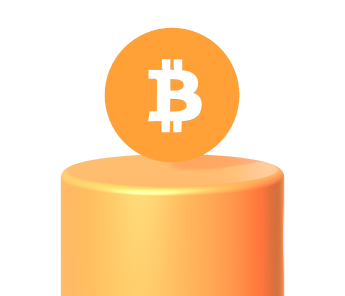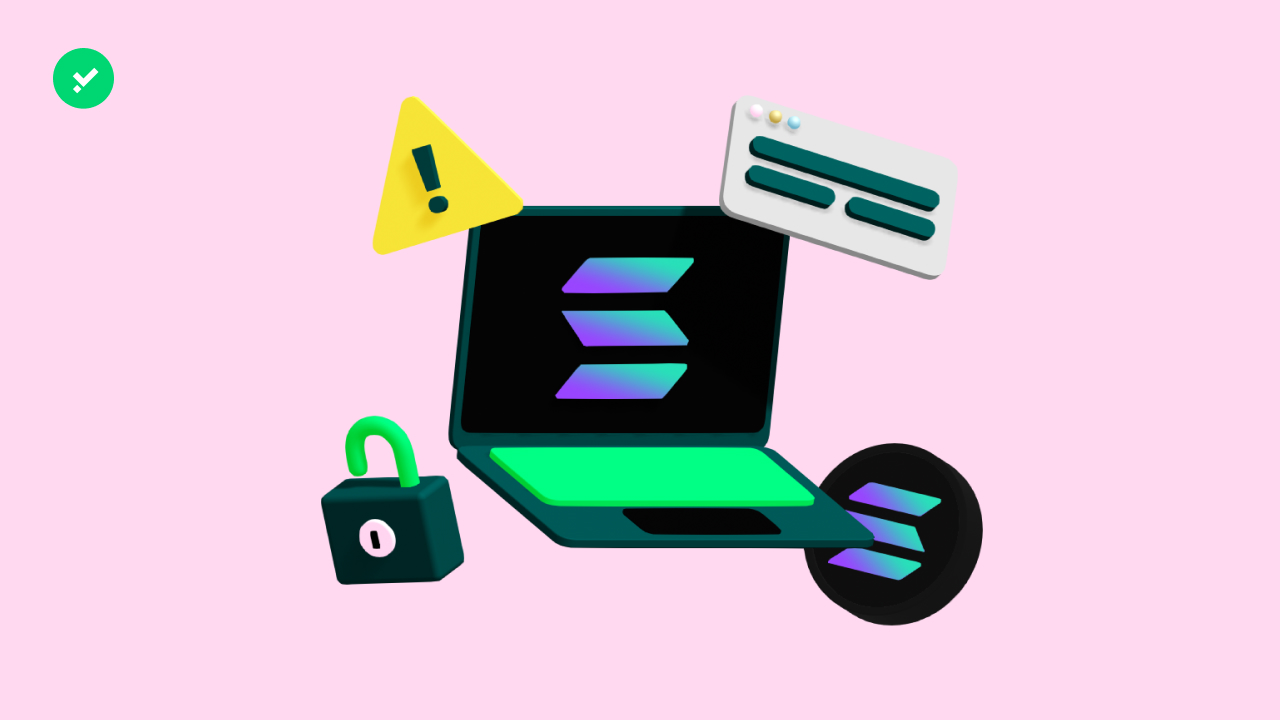Get ready for The Merge: everything you need to know about the impact of the Ethereum update on Young Platform
*Updated 14/09/2022: new features for the Earning Wallet functionality.
As an additional security measure for the funds of Young Platform users and in agreement with our partner provider of the Earning functionality, the Earning Wallet functionality will also be suspended during The Merge. All information can be found in the last paragraph of this article.
The Merge, the update that will make Ethereum a Proof-of-Stake blockchain, is just around the corner. This is one of the biggest and most impactful updates in the entire crypto industry. In fact, Ethereum is the blockchain on which most of DeFi and NFTs are built and Ether, its coin, is the second largest crypto by market cap.
You may have wondered if the activation of the historical update will have consequences for your ETH. Here is what will change on Young Platform with The Merge.
Temporary suspension of ETH deposits and withdrawals
Deposits and withdrawals of Ether (ETH) and ERC-20 tokens on Young Platform will be suspended as of the 14th of September 2022 (10 pm UTC).
We recommend that you complete your transactions in advance of this date so that deposits and withdrawals are properly processed. Deposits made close to this date may not be counted in a possible Ethereum hard fork.
Your tokens will remain safe in your Wallet and during The Merge you will not have to perform any specific operation. Everything will be handled by Young Platform. You are free to convert your Ether before The Merge but this is not a necessary action. Likewise, your ETHs locked in the Earning Wallet section will not be affected by the Ethereum update.
Temporary suspension of MATIC, AVAX and FTM deposits
Deposits of Polygon (MATIC), Avalanche (AVAX) and Fantom (FTM) will also be suspended from the same date and time : the 14th of September 2022 (10 pm UTC)
Will there be a new Ethereum 2.0 token? What will happen to my ETHs after The Merge?
After the activation of The Merge update on the Ethereum blockchain, two possible scenarios could occur:
1. No new token will be created:
The Ethereum blockchain will switch to the Proof-of-Stake mechanism without a hard fork. In this case, there will be no substantial changes for ETH holders and Young Platform will rehabilitate deposits and withdrawals as soon as possible;
2. A new token will be created:
During The Merge, the Ethereum blockchain could undergo a hard fork and thus split and create a new token. In this scenario, one chain will operate under the new Proof-of-Stake consensus mechanism, while the other will retain Proof-of-Work. In this case Ether (ETH) will be assigned as the coin of the new Ethereum 2.0 Proof-of-Stake blockchain. Meanwhile the new token (ETHPOW) will replace the ETHs of the Proof-of-Work chain and will be distributed via an airdrop.
The distribution of the new token will be calculated on the basis of a snapshot concurrent with the activation of The Merge. A snapshot means that establishes which users possess ETH and in what quantity.
So, what will happen on Young Platform at this point? Should Ethereum’s hard fork occur, detailed updates on how the new token will be airdropped and what is new for the exchange will follow.
The hard fork and the creation of the new token are currently only a possibility, not a certainty.
In any case, before deciding whether to support the new token, Young Platform will subject it to all the verification procedures typical of any listing. Announcements regarding the new token will be made in a dedicated announcement.
What will happen to the Earning Wallet with The Merge? (Updated 14/09/2022)
From the 14th of September 2022 (10 pm UTC) onwards, and until further notice, it will not be possible to activate a new Earning with the Earning Wallet functionality or to deactivate an already active Earning.
This means that during the suspension period:
- You will not be able to stake or unstake your cryptos in the Earning wallet until the end of this period
- Automatic renewals will be disabled until the end of this period
- The counting of rewards related to activated Earnings will continue uninterrupted.
In summary, you have these options:
- Activate new Earnings before the 14th of September 2022 (10 pm UTC), your rewards will continue being counted as normal;
- Deactivate your already active Earnings before the 14th of September 2022 (10 pm UTC) to unstake your cryptos and send them to your Spot Wallet. Caution: if you deactivate an Earning before the end date indicated on the app, you will lose the accumulated reward.
- Keep your Earnings active and continue to claim rewards
Follow the activation of The Merge on the Young Platform Blog, if you have further questions, please contact the Support Centre.






